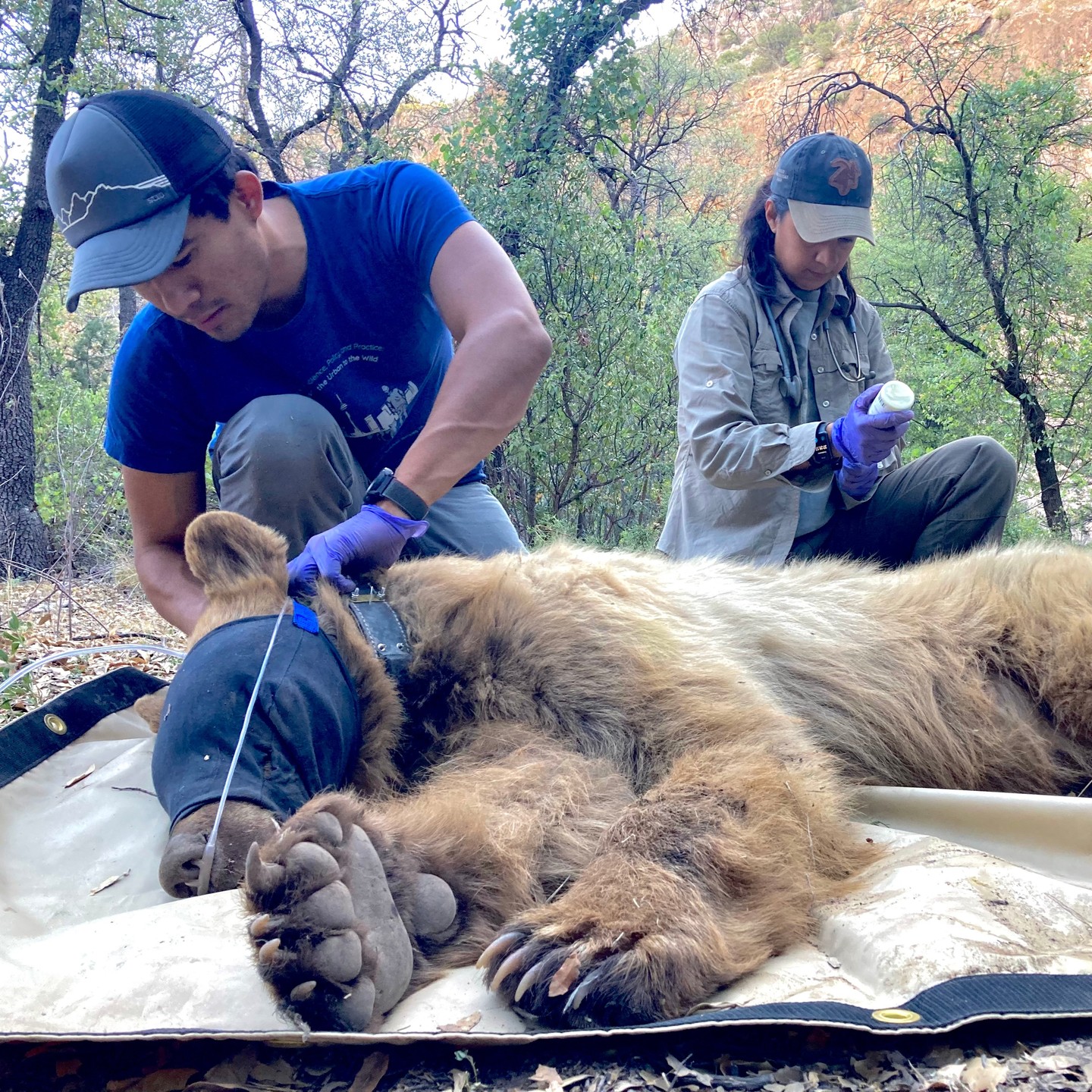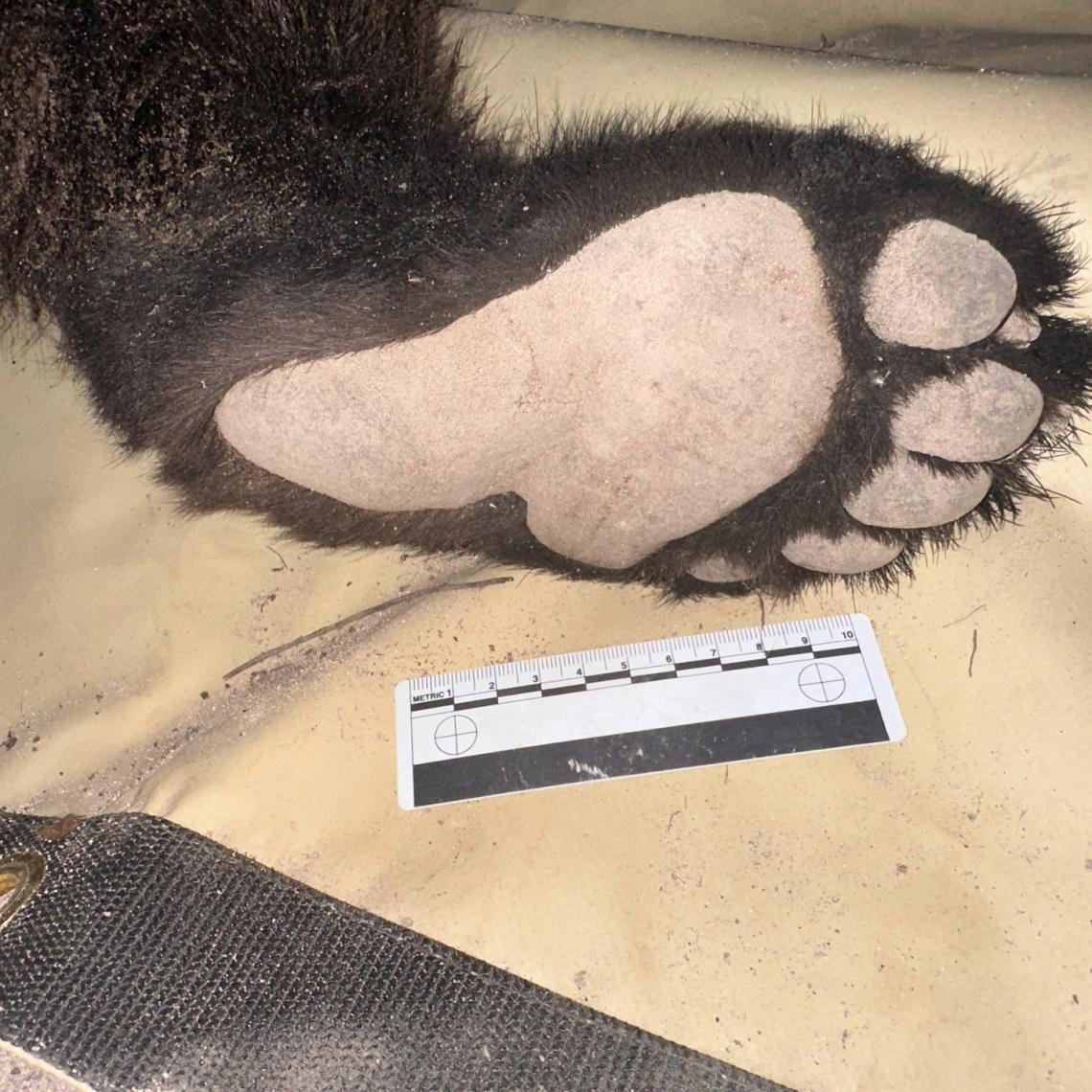Six bears collared on the US-Mexico border
Ganesh Marín
461946910_1622335238697288_8614746469146538446_n.jpg

During five weeks in May and June, we captured and released six black bears in Mexico at Cuenca los Ojos. The GPS collars we set on the bears will track their movements for two years, expanding our knowledge of the corridors bears use between Mexico and the US, the sources of food they use during good and harsh years, and how they interact with roads and fences on different ecosystems.
DVM Susana Ilescas was the vet in charge of the well-being of bears during all the captures, and she did it wonderfully. We also had the opportunity to interact and learn from the U.S. vet Alexis Roth from the Reid Park Zoo in a project focusing on binational collaboration funded by the zoo and an NPS grant. Exceptional wildlife researchers and techs helped us during the captures, assisting with baiting, measuring the bears, and checking the traps, making the process smooth and following all the precautions to ensure the bears' safety.
The positions of the bears are being recorded every two hours. With data, modeling, and amazing pictures, we aim to show the details and relevance of wildlife on the move in the beautiful borderlands region.
462147118_885655976848733_4628033950621919221_n.jpg


